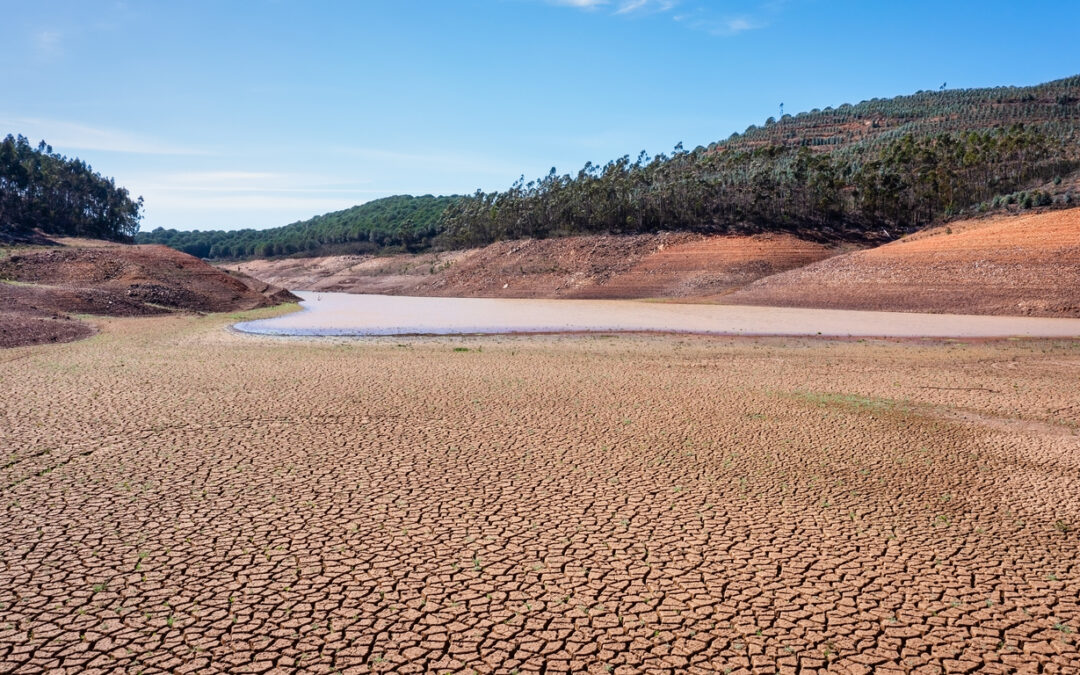By 2025, two-thirds of the world’s population may face water shortages. Water and climate change are inextricably linked. Climate change affects the world’s water in complex ways. From unpredictable rainfall patterns to shrinking ice sheets, rising sea levels, floods, and droughts – most impacts of climate change come down to water. Climate change is exacerbating both water scarcity and water-related hazards (such as floods and droughts), as rising temperatures disrupt precipitation patterns and the entire water cycle.
According to the United Nations:
About two billion people worldwide don’t have access to safe drinking water today, and roughly half of the world’s population is experiencing severe water scarcity for at least part of the year. These numbers are expected to increase, exacerbated by climate change and population growth.
Only 0.5 percent of the water on Earth is useable and available freshwater – and climate change is dangerously affecting that supply. Over the past twenty years, terrestrial water storage – including soil moisture, snow and ice – has dropped at a rate of 1 cm per year, with major ramifications for water security .
Water supplies stored in glaciers and snow cover are projected to further decline over the course of the century, thus reducing water availability during warm and dry periods in regions supplied by meltwater from major mountain ranges, where more than one-sixth of the world’s population currently live.
Sea-level rise is projected to extend the salinization of groundwater, decreasing freshwater availability for humans and ecosystems in coastal areas.
Limiting global warming to 1.5°C compared to 2°C would approximately halve the proportion of the world population expected to suffer water scarcity, although there is considerable variability between regions.
Water quality is also affected by climate change, as higher water temperatures and more frequent floods and droughts are projected to exacerbate many forms of water pollution – from sediments to pathogens and pesticides.
Climate change, population growth, and increasing water scarcity will put pressure on food supply as most of the freshwater used, about 70 percent on average, is used for agriculture (it takes between 2000 and 5000 liters of water to produce a person’s daily food).

